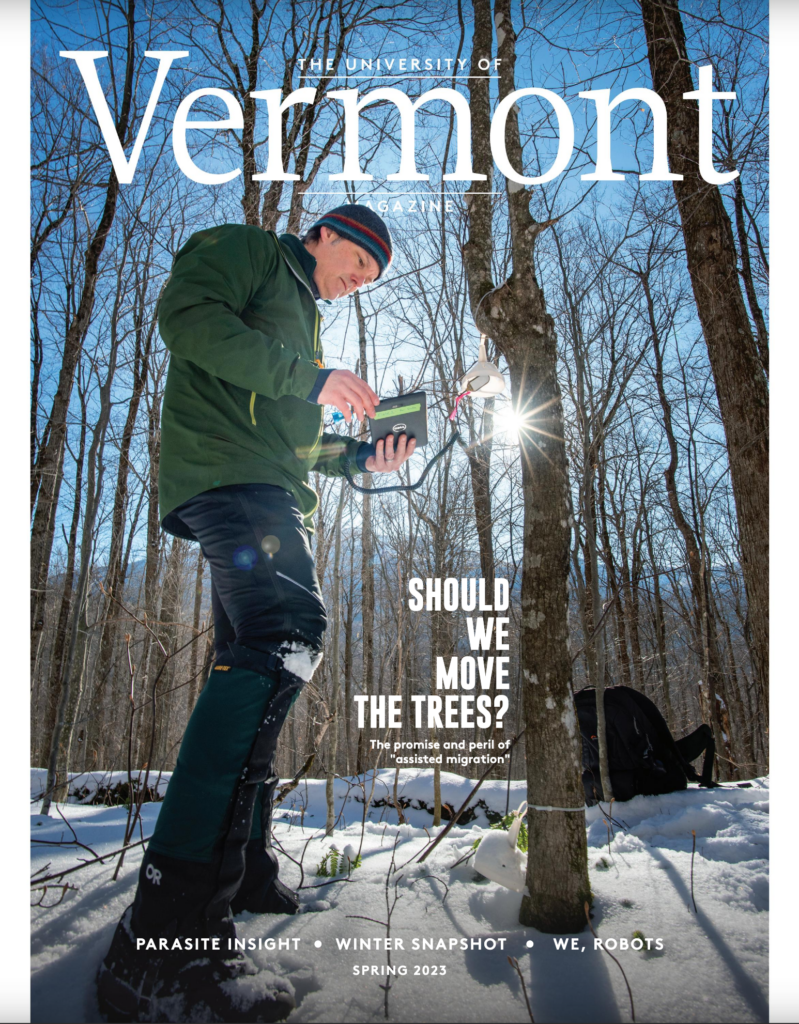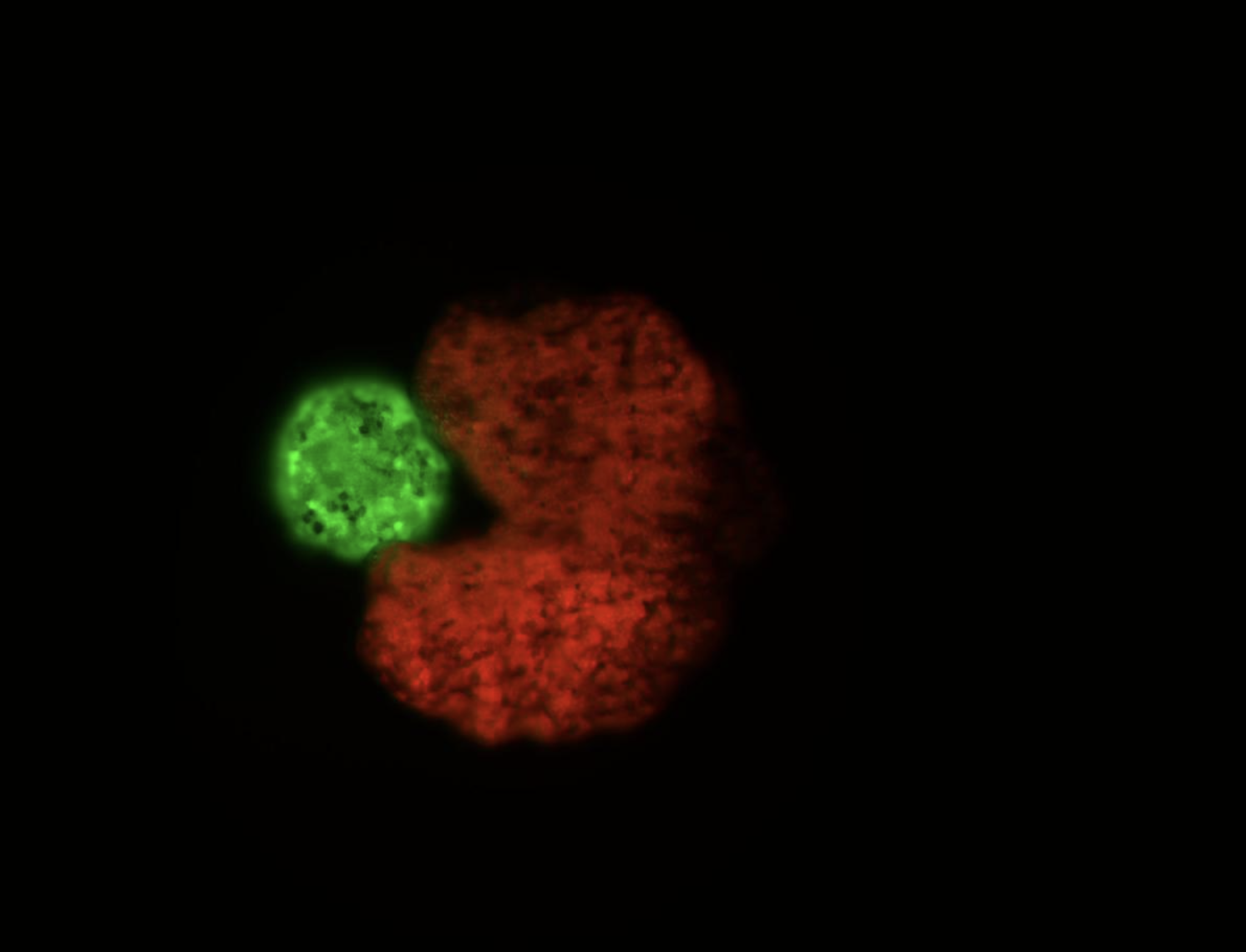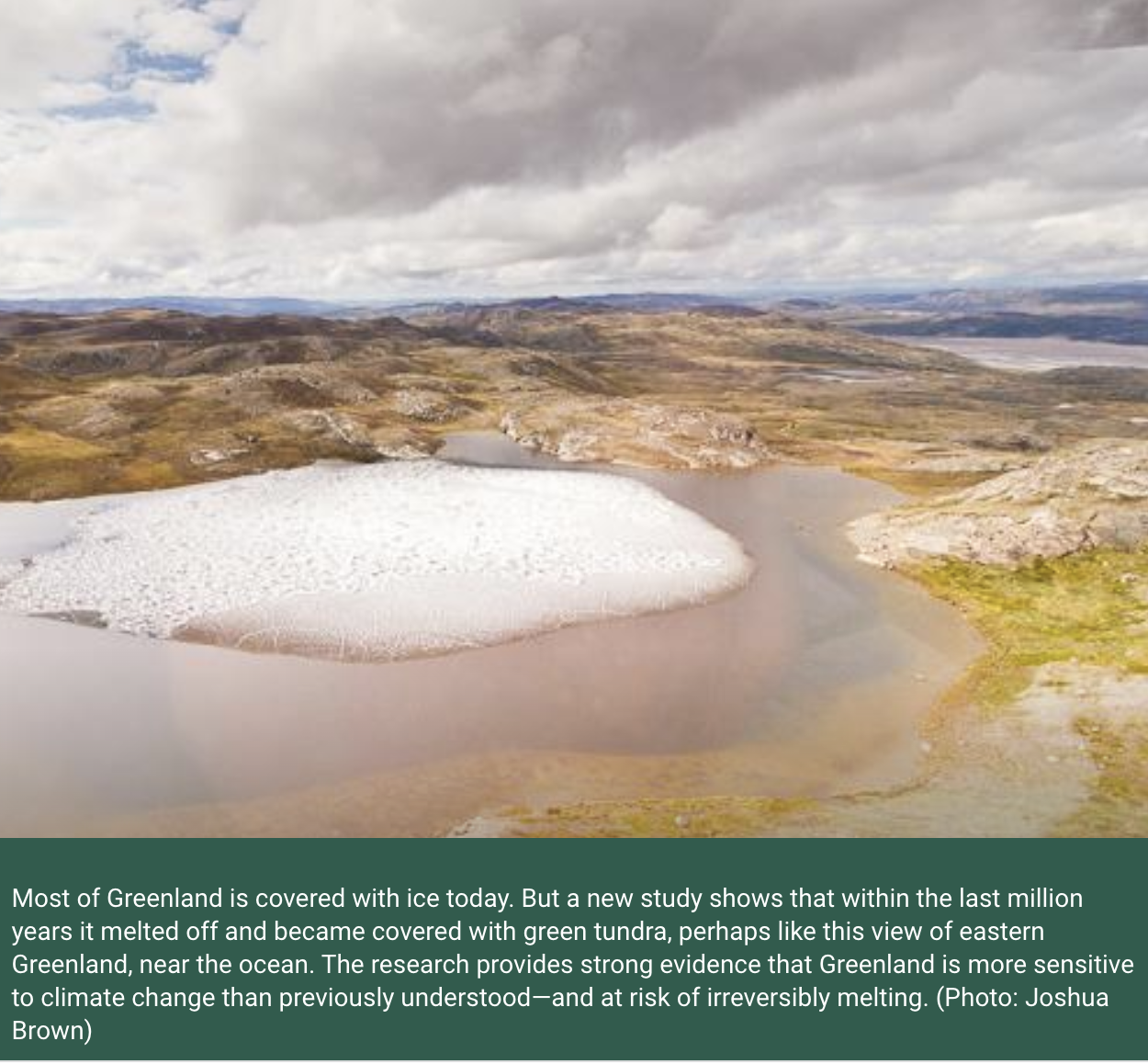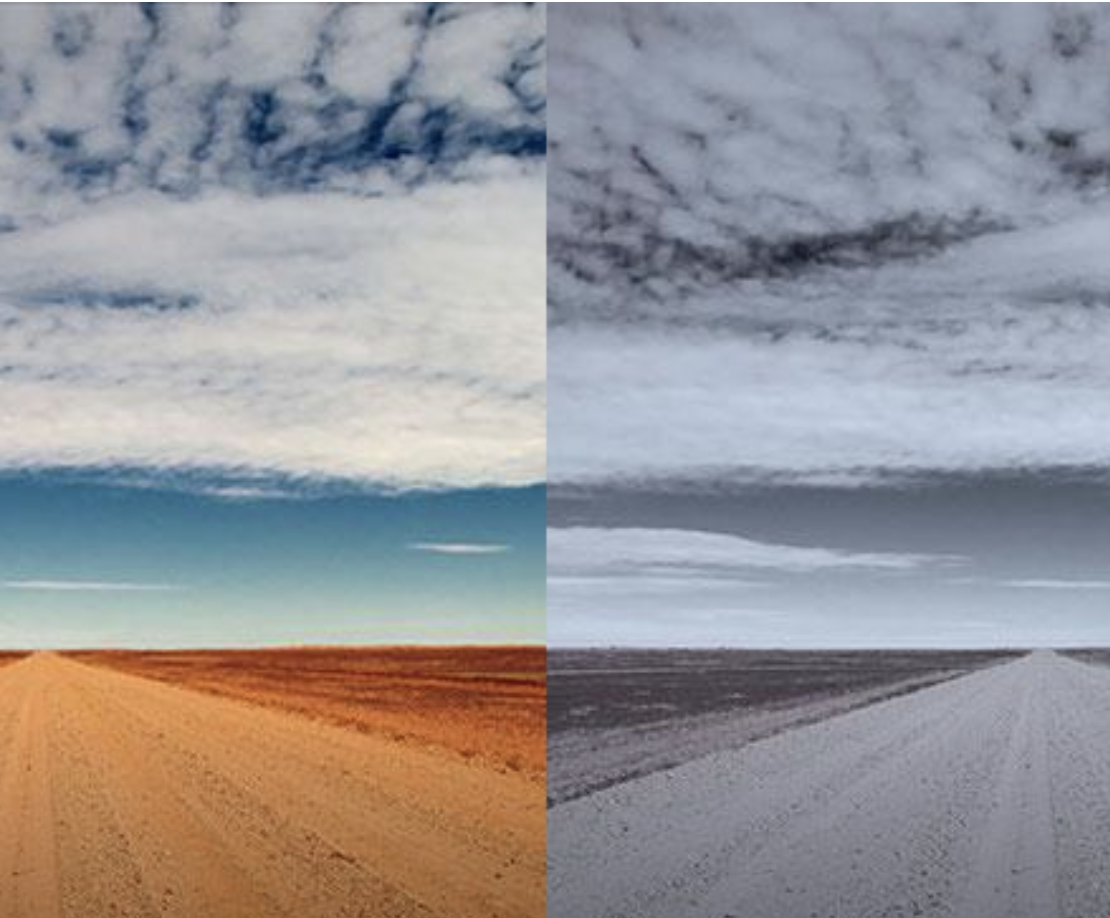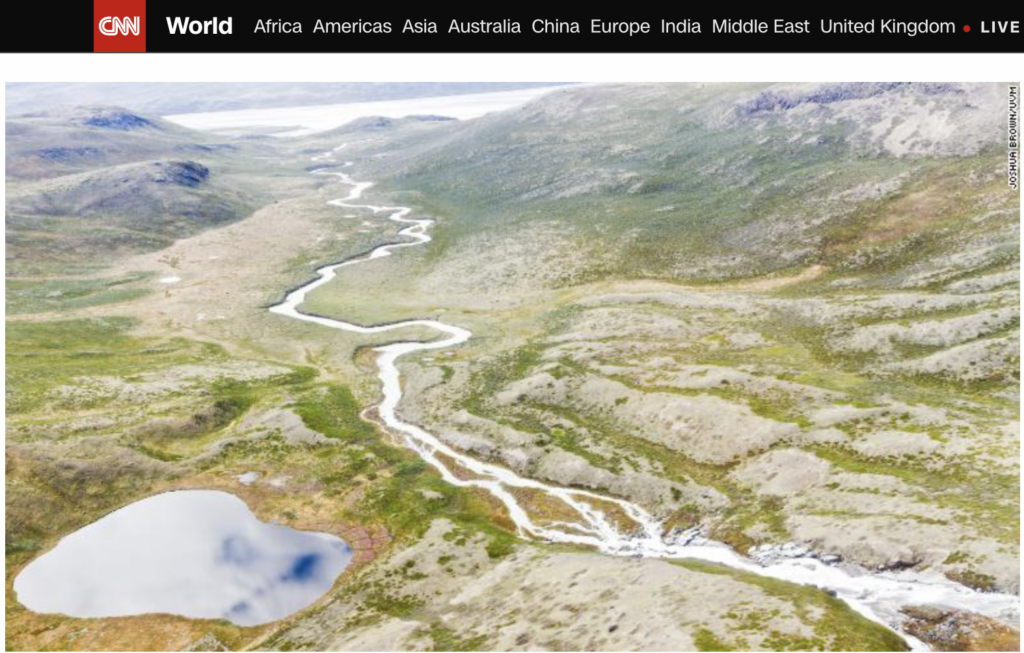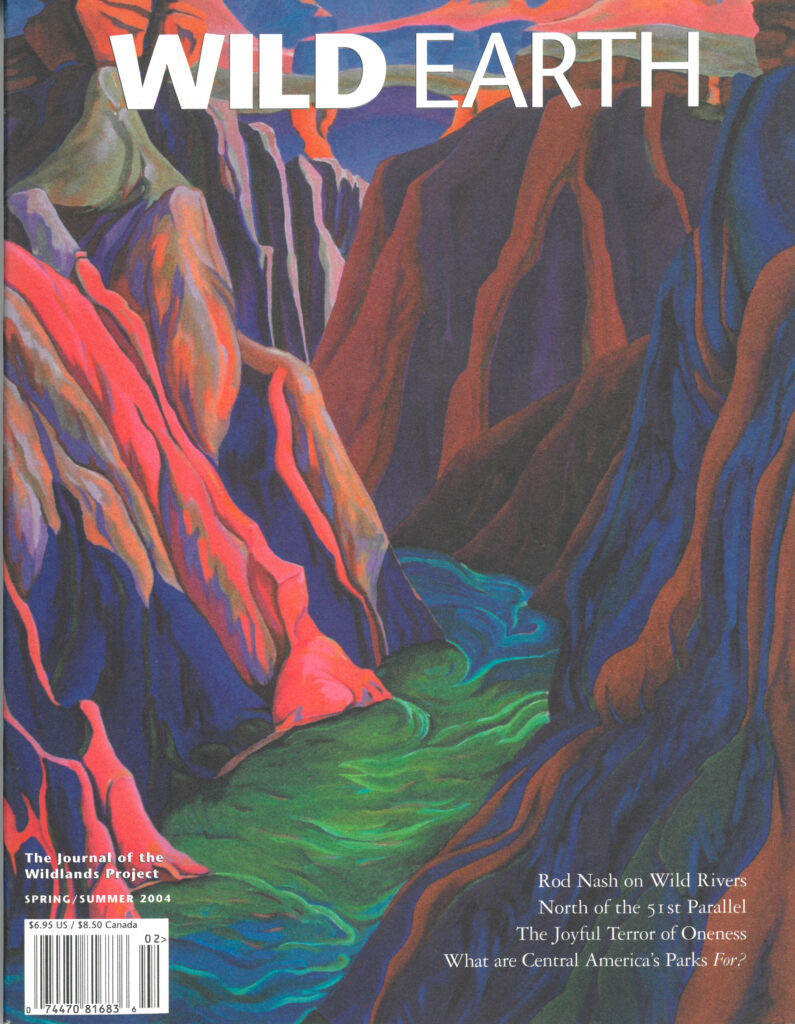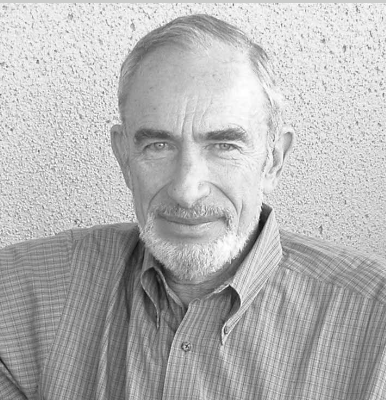Finding the story in the science. That’s what I do.
I’m a staff writer and photographer at the University of Vermont covering all the natural and physical sciences, astronomy to zoology, for UVM publications. I also work with reporters and editors to connect them with UVM experts and research news. As dessert, I teach writing classes in UVM’s Field Naturalist Graduate Program.
Joshua Brown • Senior Writer for Science and Environment • joshua.brown@uvm.edu •(802-557-7677 (cell) • 802-656-8206 (office)
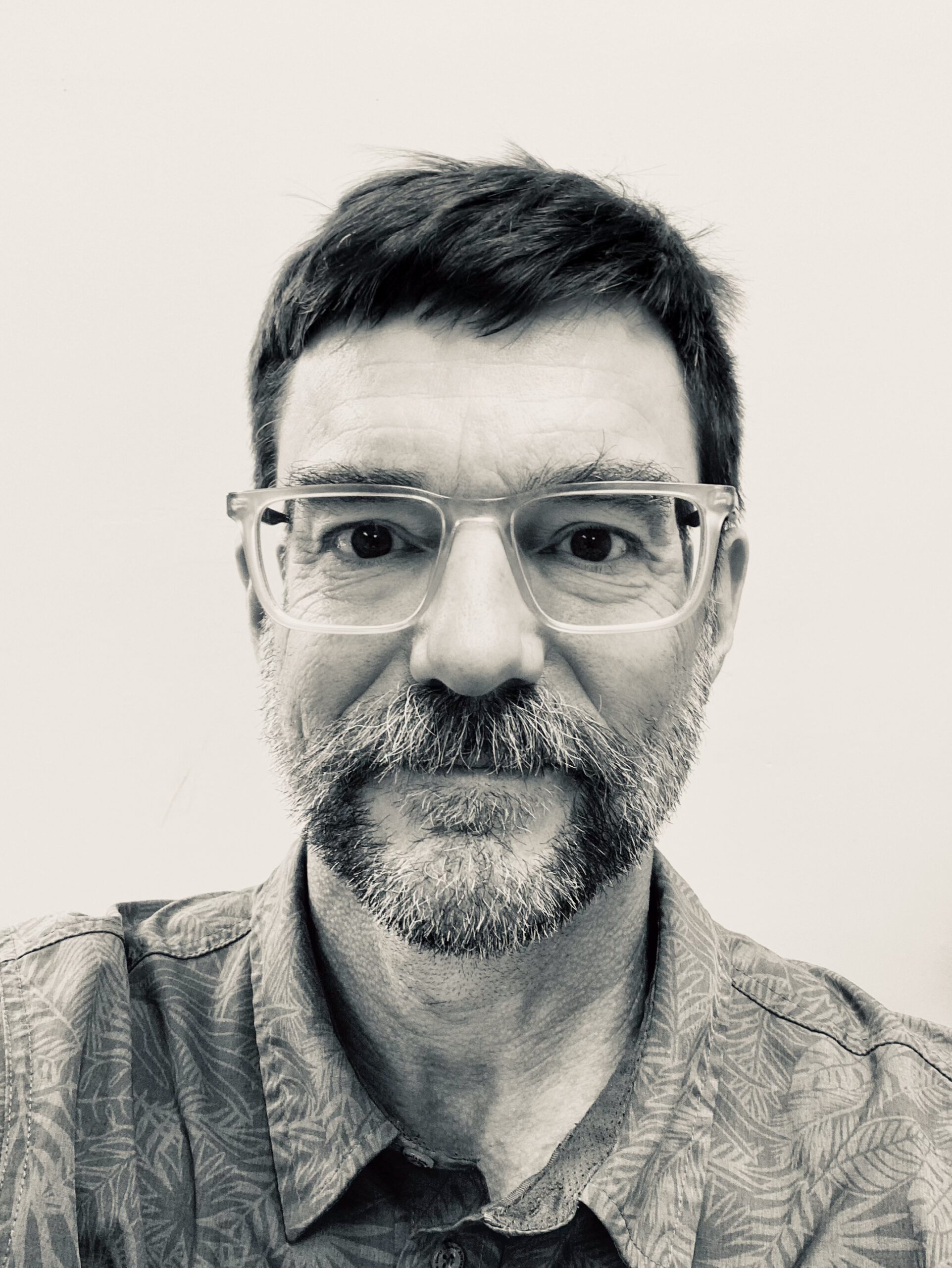
Recent Publications
Thoughts Fly There are no fruit flies in Davi Bock’s kitchen. But head down into the basement of his 1850s farmhouse, on the end of a dirt road in Glover, Vt., and you’ll find them by the millions. Well, not really. But…
…in one corner, on a laptop computer linked to the wider world with high-speed, fiber-optic cable—you can surf and plunge into 21 million photos of one fruit fly’s brain.
Bock points to a spectral gray image, roughly the shape of Princess Leia’s hairdo. “This is the optic lobe,” he says, pointing to one side of the picture that sticks out like a bun. “You’re seeing hundreds of images mosaic together to encompass the whole fly brain from tip to tip.” On a large monitor, the brain appears about a foot wide. In an actual fruit fly, the brain is smaller than a poppy seed. READ MORE
Listening to Leviathans Why do humpback whales sing? I went out onto the Pacific, off of Costa Rica, in a small motorboat, with three scientists, to listen in.
October 17, 2023Call me wishful. Some two miles off the Pacific coast of Costa Rica, in a fiberglass fishing boat, researcher Laura May-Collado scans the horizon. She’s hunting for humpback whales in this warm and watery part of the world. And I’m looking around too, tipsy on anti-sea-sickness medicine, hoping to see a white whale, perhaps breaching above the waves like the second coming of Moby Dick. READ MORE
To Save the Forest, Should We Move the Trees? As the woodlands of New England face a hotter future, UVM researchers are exploring the promise and peril of “assisted migration.”
It’s eight degrees Fahrenheit. Off trail, at 2,042 feet of elevation, on the side of Camel’s Hump, Professor Steve Keller takes off his gloves, pulls a Dell tablet out of his backpack, unrolls a wire, and plugs it into a scrawny maple tree. Well, actually, into a tiny sensor hanging under a white plastic funnel hanging off the side of the maple. The winter sunshine feels beautiful and the sky glows with a preternatural blue. The trees stand still, a mix of beech and sugar maple, plus a few yellow birches, all silent, their elbows clothed in new snow. READ MORE
We, Robots I spoke with a poet, a philosopher and a roboticist. I had questions. They had questions.
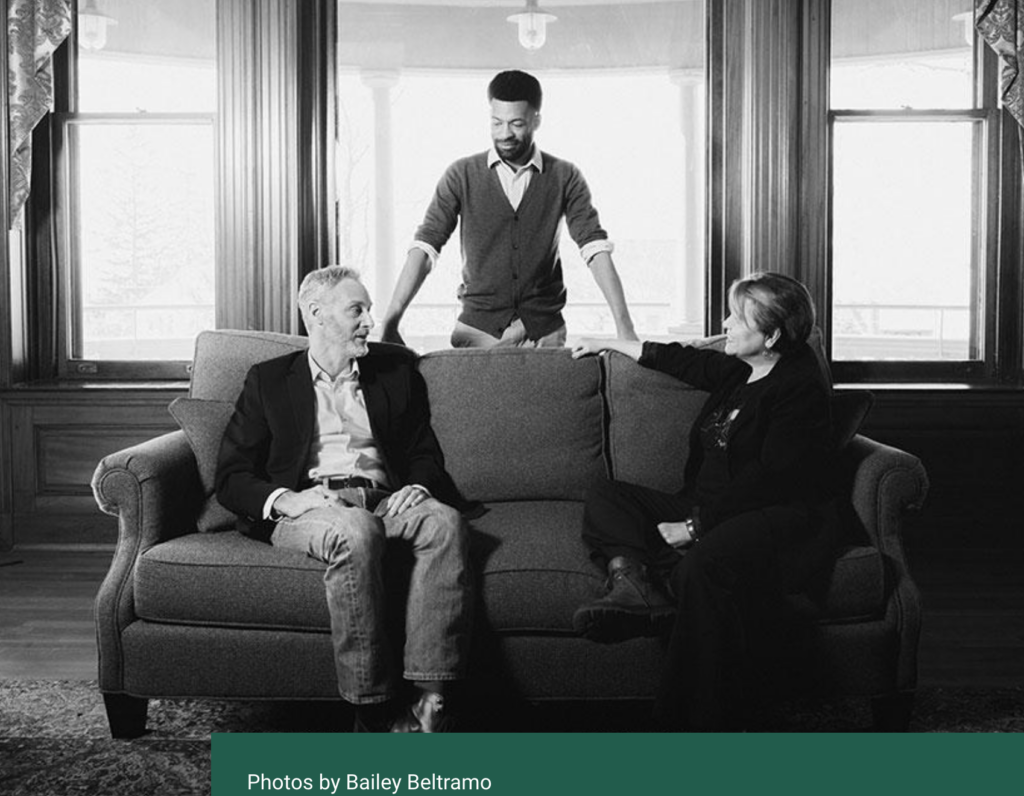
This conversation began with garden snails. I was reading a philosophy paper on the conjecture that simple-brained snails might be conscious. In 1974, Thomas Nagel famously asked, “What’s it like to be a bat?” The philosophy paper followed Nagel’s question, wondering if snails have some dim sense of self. Is there something it’s like to be a snail? Which got me thinking about the explosive development of artificial intelligence. Could AIs become conscious? I began to wonder if there could be something it’s like to be a robot.
My passions are evolutionary science, conservation biology, natural history, and ecology—with particular interests in climate change, biodiversity (say: trout! whales! spiders! and bees!) the natural history of birds and trees (transgenic, clonal, old-growth and otherwise), and endurance sports. Birds! Did I mention birds? I love birds, and birders. But I’ve also written about gravitational waves; the neurophysiology of anxiety; and self-reproducing living robots.
UVM Magazine
Over the last two decades, I’ve written dozens of articles, including seventeen cover stories, for the University of Vermont Magazine, and contributed many articles for UVM Today, an online newsmagazine.
I even wrote a story about the connection between artisanal cheese, crystals that form in the Arctic Ocean, and the origin of life. (Really. You can read the story here.)
My View of VQ
Here’s a selection of recent cover stories I’ve written for Vermont Quarterly—now called the University of Vermont Magazine. They took me from a buoy on Lake Champlain to a rainforest in Madagascar. Hope you enjoy reading them as much as I enjoyed writing them.
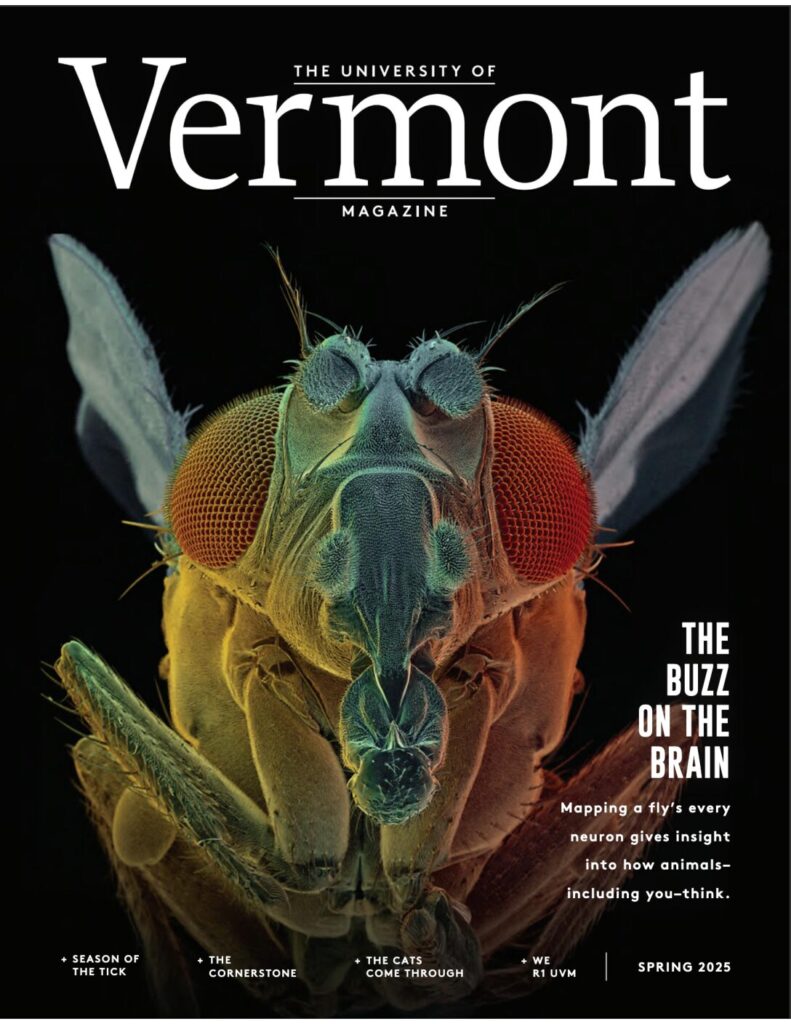
Thoughts Fly
I’m smarter than this fly. But that doesn’t mean it can’t sing. Or like coffee. Or reveal a lot about human brains.
May 16, 2025
There are no fruit flies in Davi Bock’s kitchen. But head down into the basement of his 1850s farmhouse, on the end of a dirt road in Glover, Vt., and you’ll find them by the millions. Well, not really. But—in one corner, on a laptop computer linked to the wider world with high-speed, fiber-optic cable—you can surf and plunge into 21 million photos of one fruit fly’s brain.
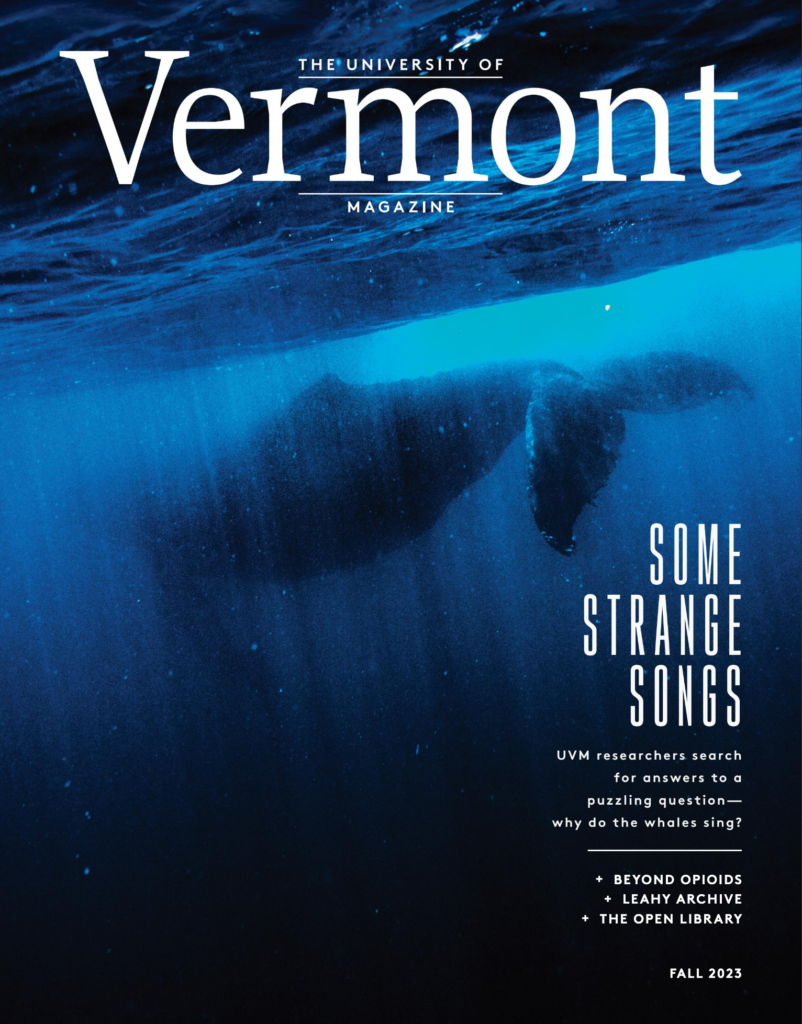
Some Strange Songs
We spotted this humpback in the nearshore waters of Costa Rica—and listen to him singing.
October 17, 2023
Call me wishful. Some two miles off the Pacific coast of Costa Rica, in a fiberglass fishing boat, researcher Laura May-Collado scans the horizon. She’s hunting for humpback whales in this warm and watery part of the world. And I’m looking around too, tipsy on anti-sea-sickness medicine, hoping to see a white whale, perhaps breaching above the waves like the second coming of Moby Dick.
To Save the Forest, Should We Move the Trees?
As the woodlands of New England face a hotter future, UVM researchers are exploring the promise and peril of “assisted migration.”
March 20, 2023
It’s eight degrees Fahrenheit. Off trail, at 2,042 feet of elevation, on the side of Camel’s Hump, Professor Steve Keller takes off his gloves, pulls a Dell tablet out of his backpack, unrolls a wire, and plugs it into a scrawny maple tree. Well, actually, into a tiny sensor hanging under a white plastic funnel hanging off the side of the maple. The winter sunshine feels beautiful and the sky glows with a preternatural blue. The trees stand still, a mix of beech and sugar maple, plus a few yellow birches, all silent, their elbows clothed in new snow.
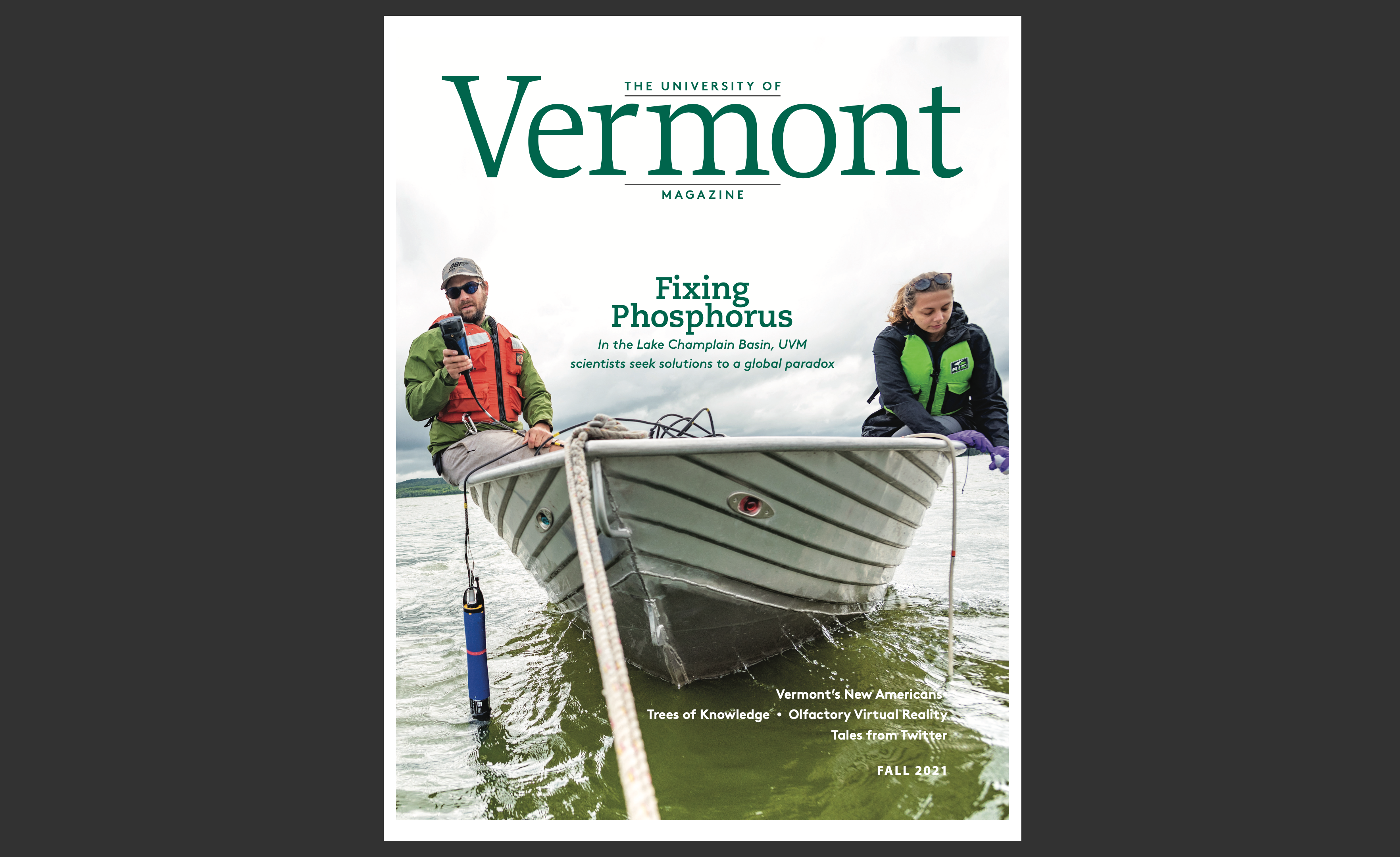
Fixing Phosphorus
fall 2021
A blessing and a burden, phosphorus takes UVM researchers from land to lake in search of better ways to balance one of life’s essential elements. READ MORE
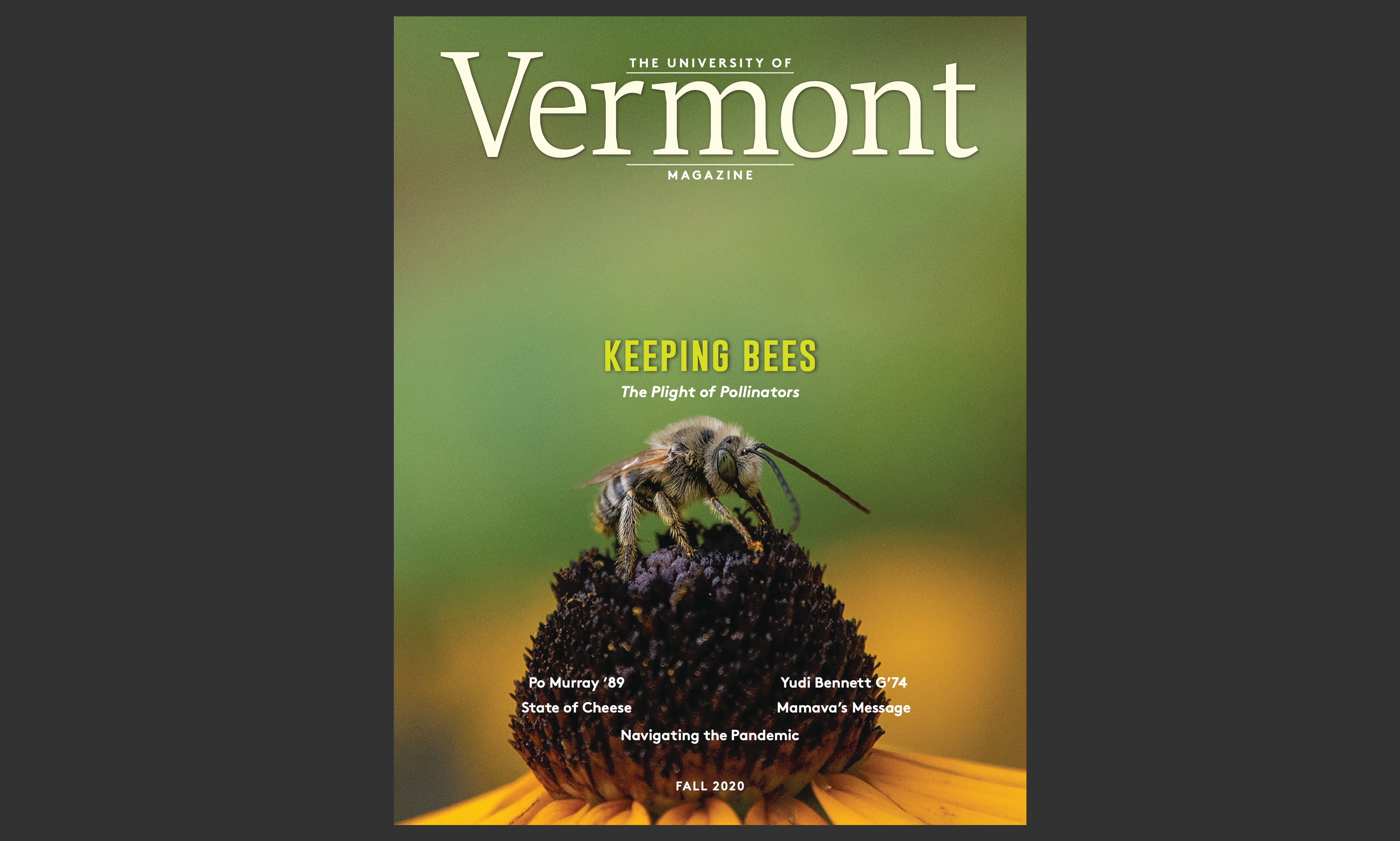
Keeping Bees
fall 2020
When the first bees came to be, perhaps 125 million years ago, they took flight as botanical matchmakers—and remade the world. READ MORE
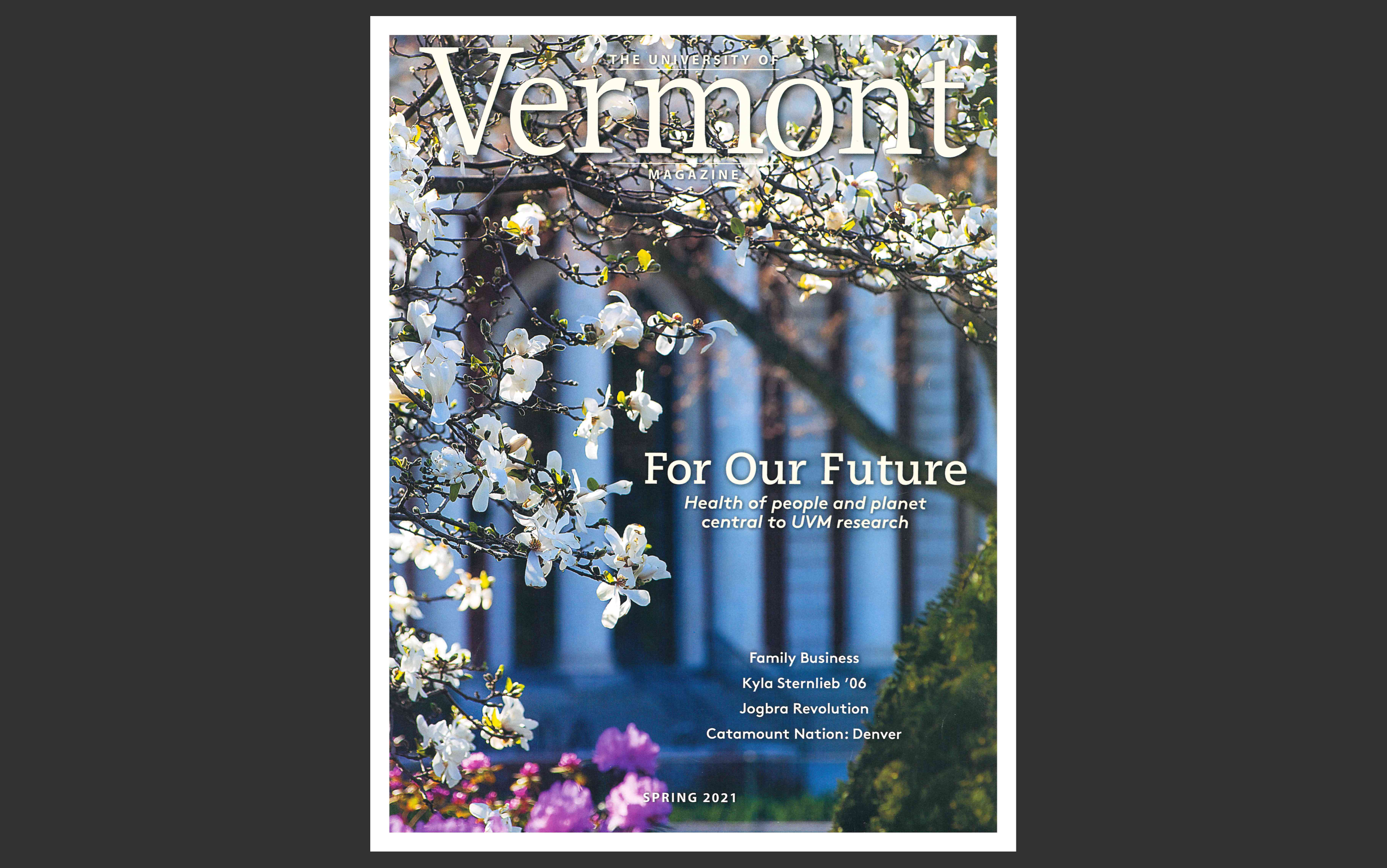
For Our Future
spring 2021
Sustainability. It’s in danger of being a buzzword. OK, fair enough, it is a buzzword. But can we agree it’s a buzzword that matters? READ MORE
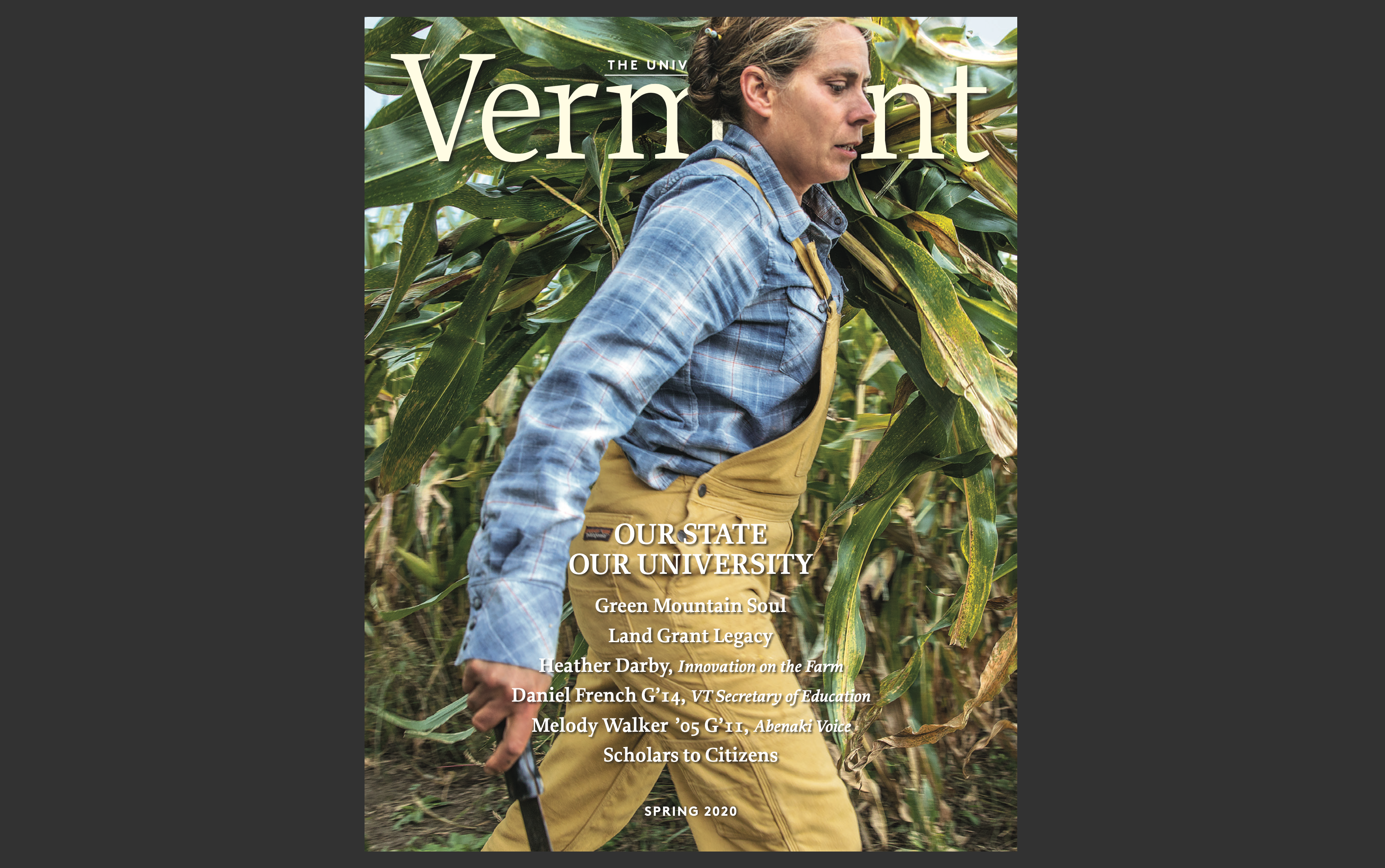
Field Test
spring 2020
I’m driving north on Route 2 to look for Heather Darby. “Not going to be on campus,” she told me. “I might be in the barn.” READ MORE
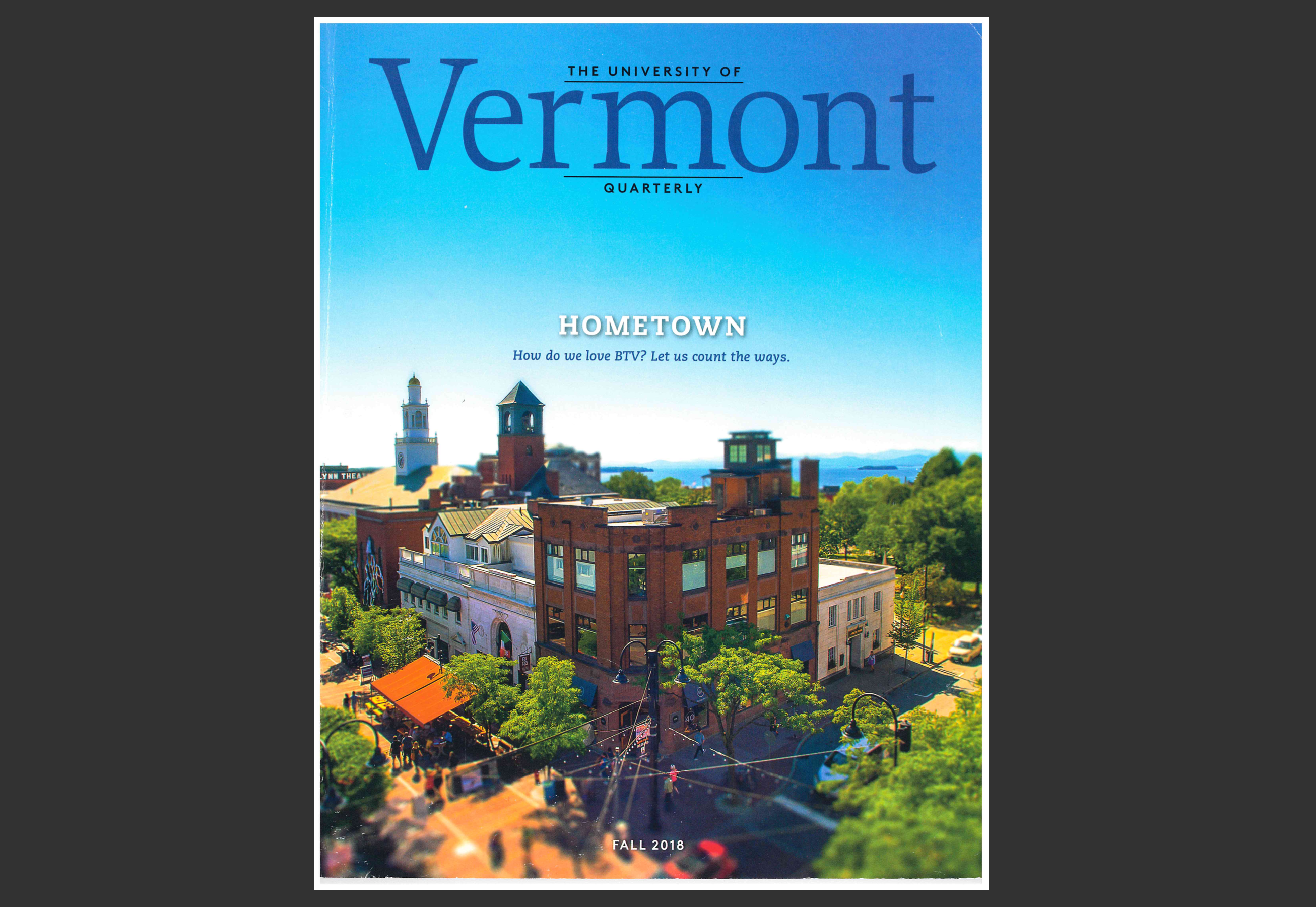
Running Wild
fall 2019
Teage O’Connor took me on a 26-mile run in the city of Burlington—off-road, looking for owls and climbing in caves. READ MORE
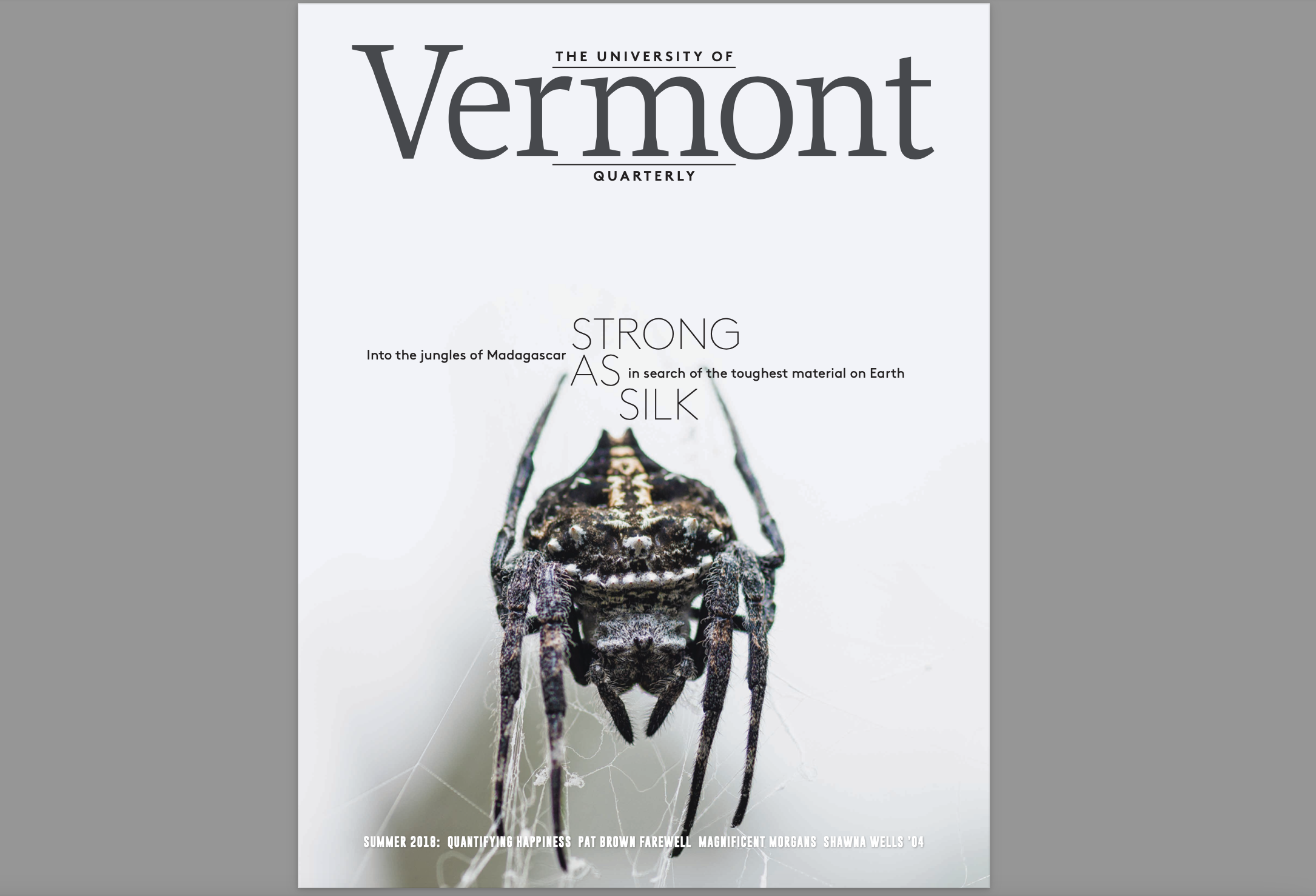
Strong as Silk
summer 2018
Into the jungles of Madagascar in search of the Darwin’s Bark Spider–and the toughest fibers on Earth. READ MORE
Media Success
UVM is a world-class university. That’s because it has a world-class faculty producing research that matters. I’ve lead outreach efforts—translating and promoting new peer-reviewed studies—that have, in turn, reverberated around the world.
My Work››››››››Global Impact
Here’s a sample of US and international media placements that resulted directly from my stories and press outreach—in outlets ranging from CNN to Science Friday, the Washington Post to USA Today.
Photography
A picture is a lot more marketable than a thousand words.
I am what some editors loathe: a writer who also takes photographs. But some editors find it kind of handy—and I’ve built a pretty solid list of publications where my photos have been published, including: the Wall Street Journal, Axios, BBC Science Focus Magazine, BBC Children’s Television, Conservation, Medill Magazine—and many issues of Vermont Quarterly, including four cover photos (one was of the Arecibo telescope on Puerto Rico that has now fallen to the ground).
Please contact art director Cody Silfies for information about setting up a photoshoot, or to pitch an idea for photography.
Please contact me if you are doing research at one of the four corners of the Earth (a mountain in Mongolia? a sewer pipe under Main Street?)— and have an idea for how I might tag along with my camera and notebook.
Here are a few of my published photos:
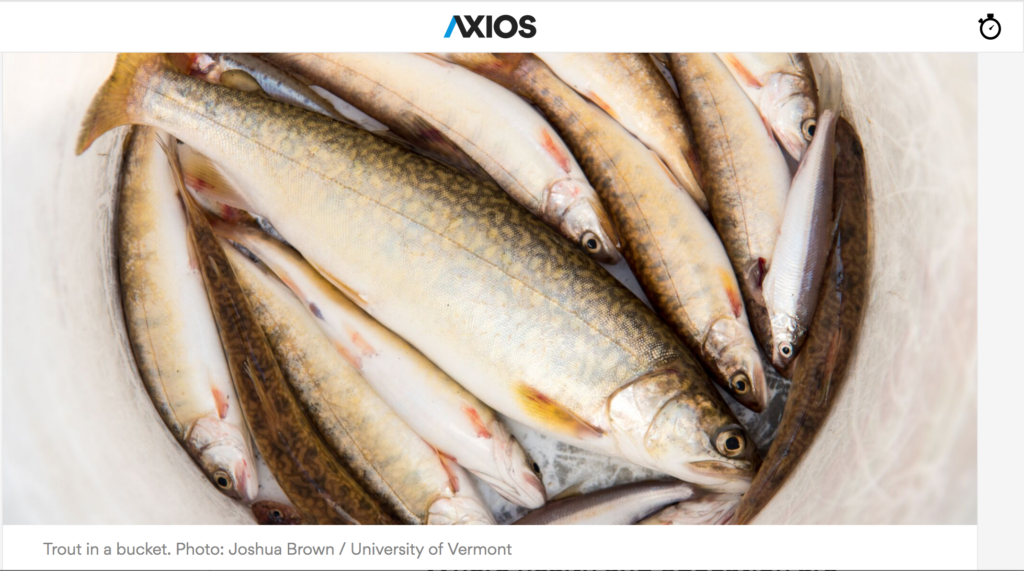
Axios
Lake trout are making a comeback, and no one knows why
In 2018, this news site ran my shot of trout in a bucket. Shooting them was not as as easy as shooting fish in a barrel, if you know what I mean.
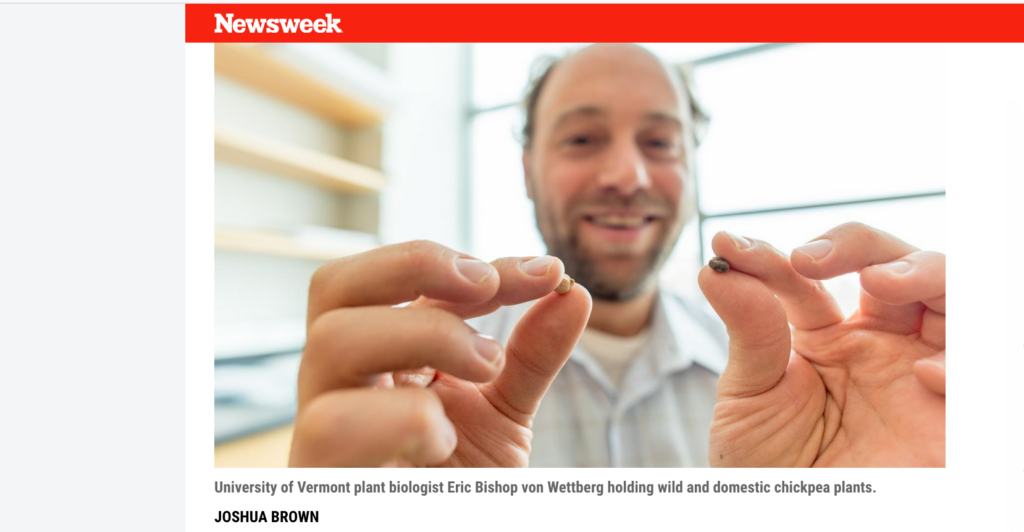
Newsweek
Feed the World: Scientists Have a Plan to Save Chickpeas from Destruction
I pitched a story about UVM biologist Eric Bishop von Wettberg’s powerful research on…chickpeas. Yep. Chickpeas feed much of the world and climate change threatens them. Newsweek covered it and ran my photo of Eric to boot.
Reporting From the Field—far and near
My work has taken me from the Greenland ice sheet to bat caves in Vermont, from the montane rainforest of eastern Madagasar to the Arecibo telescope on Puerto Rico. It’s been a series of adventures—and a clear sign of UVM’s global reach.
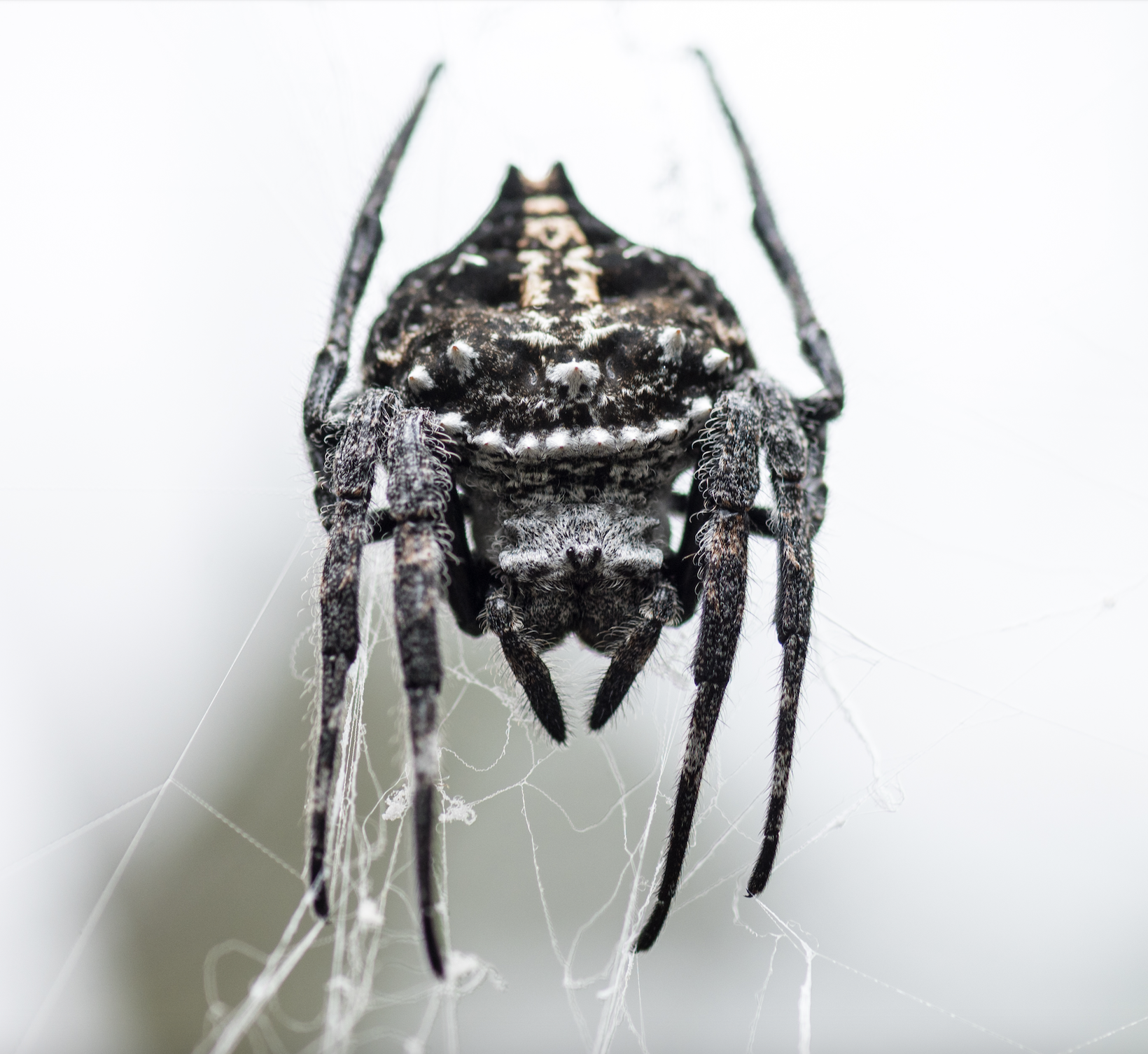
Strong as Silk
Andasibe-Mantadia National Park
Madagascar
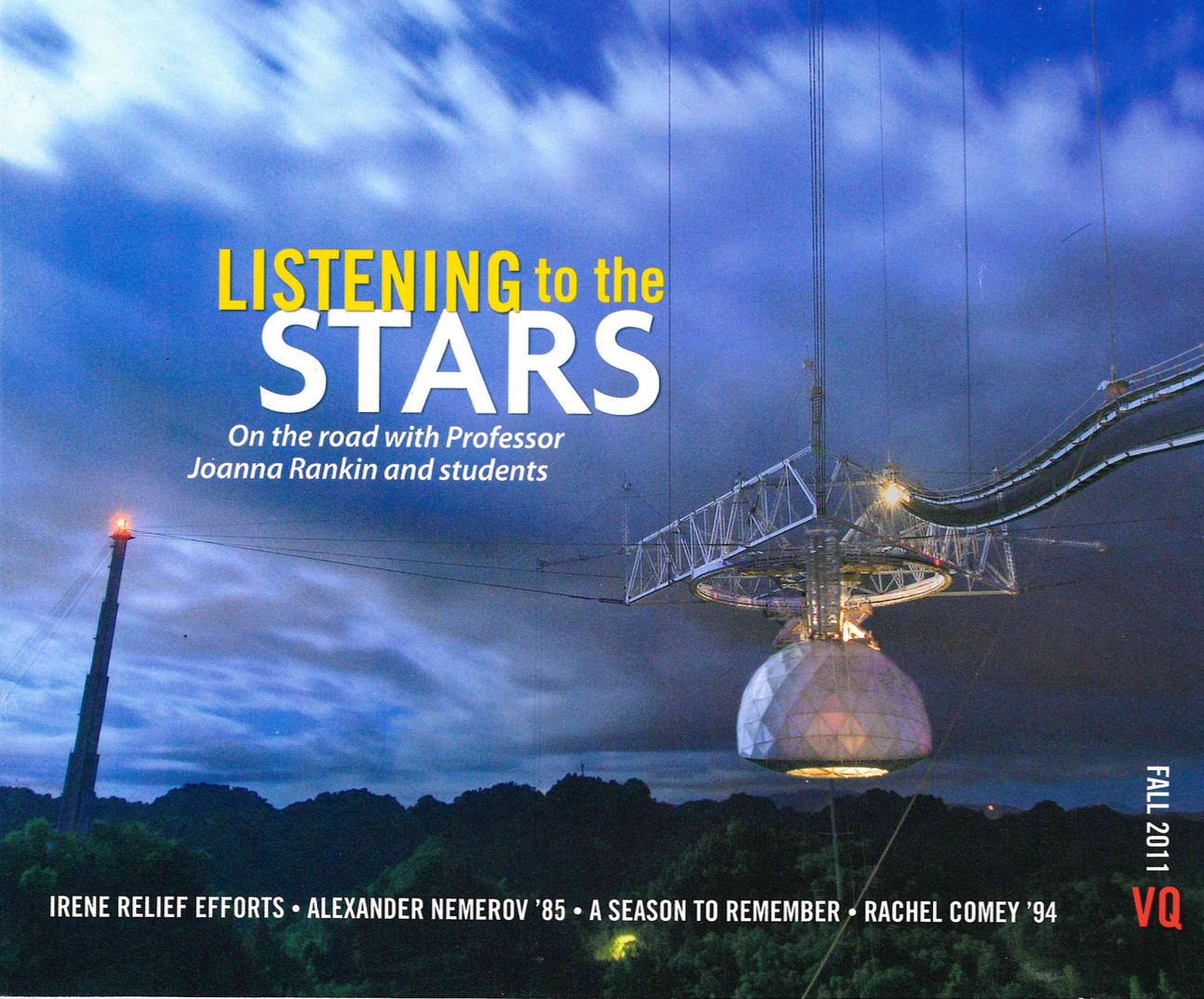
Listening to The Stars
Arecibo Telescope
Puerto Rico
In a limestone pit on the island of Puerto Rico, astronomer Joanna Rankin took the controls of the world’s largest radio telescope and pointed it toward a bizarre pulsar. She’s hunting for gravitational waves.
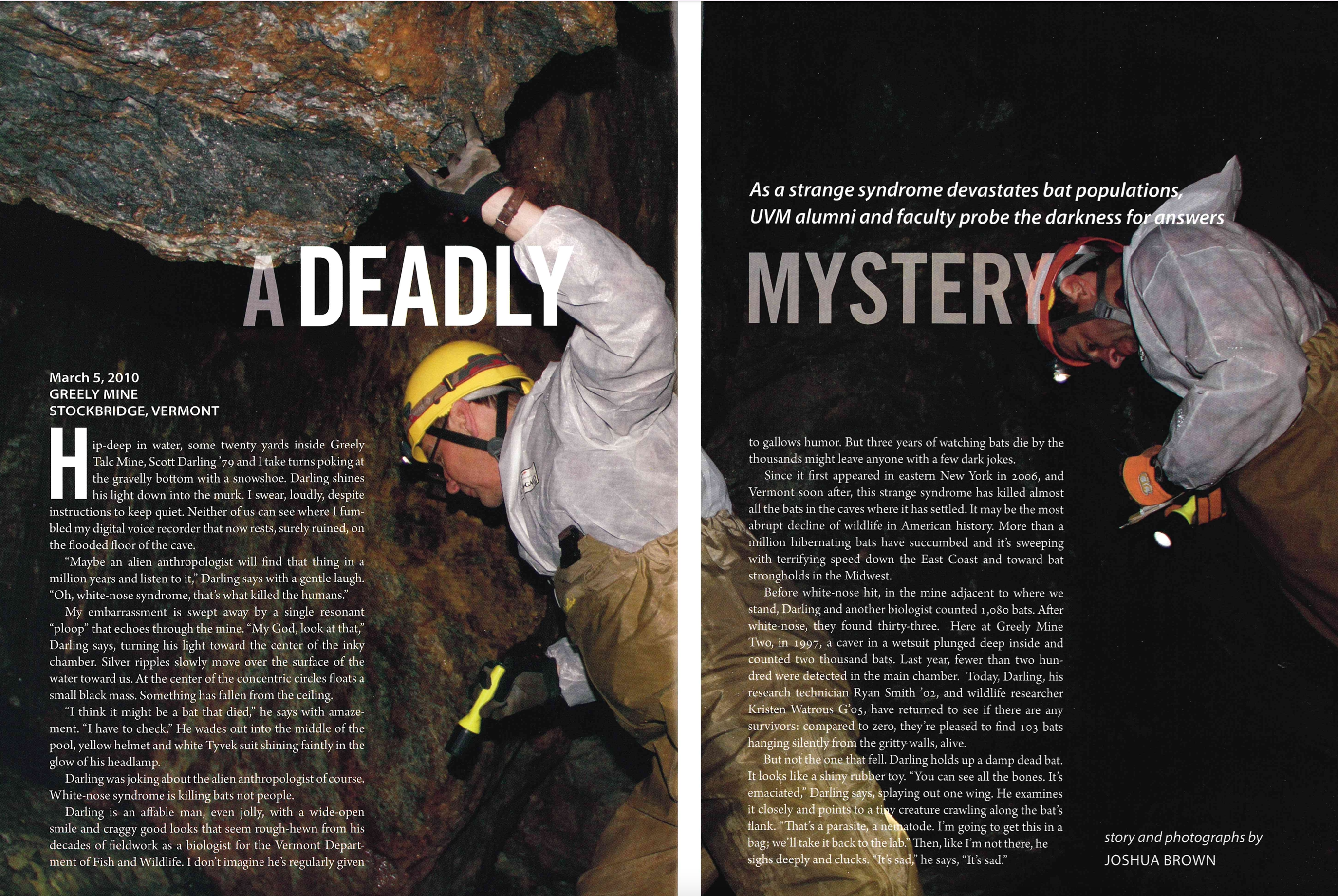
A Deadly Mystery
Greely Mine
Stockbridge, Vermont
In this abandoned mine, now a cave for bats, biologist Scott Darling heard a weird noise. He waded out into the black pool of water to investigate. I followed.
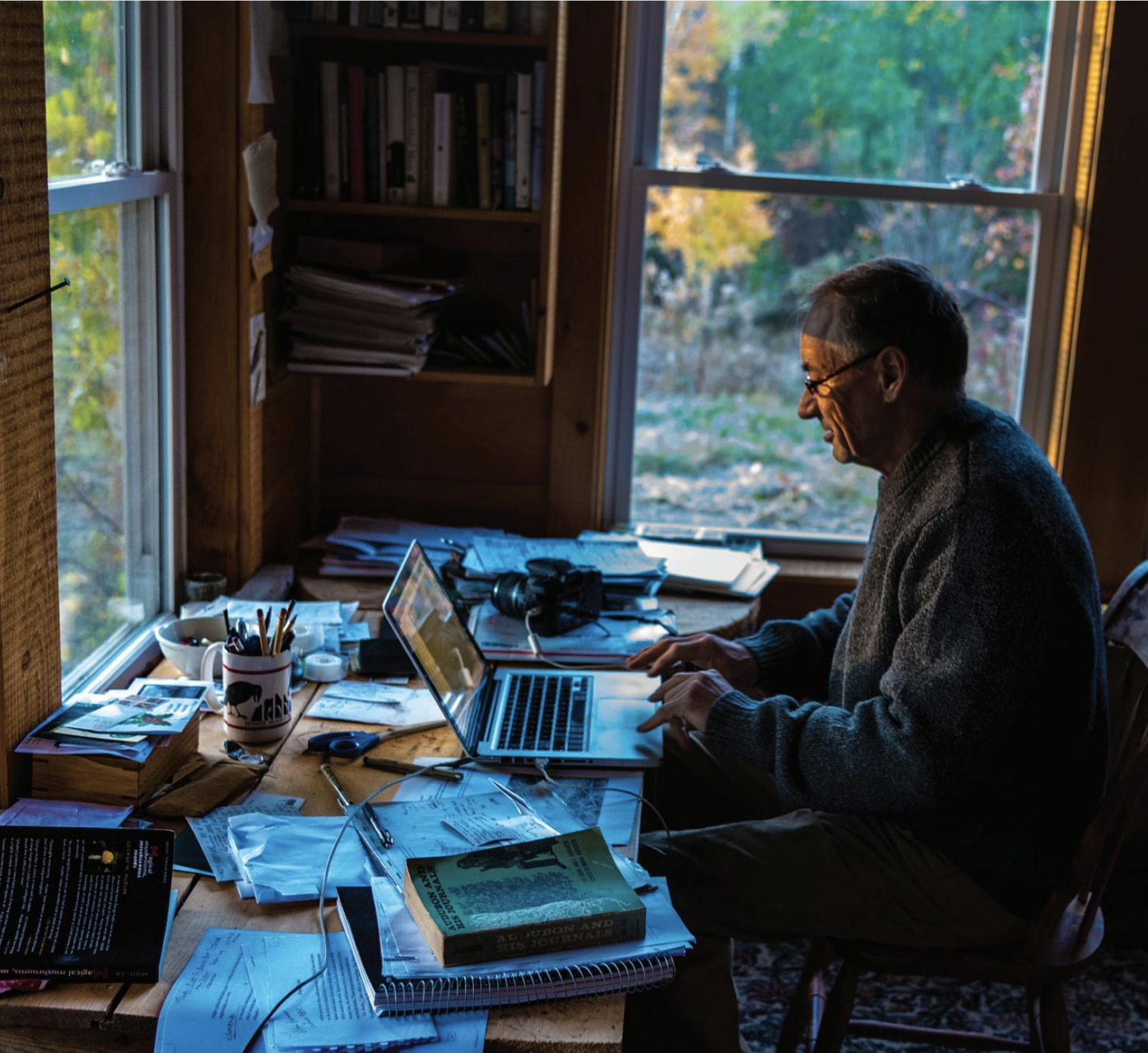
Curious Nature
Bernd Heinrich’s cabin
Near Blue Hill, Maine
I got into a running race with Bernd Heinrich—and some Pleistocene ghosts. That was after we went looking for flying squirrels, ate chestnuts from his yard, and discussed the dubious merits of yoga. I wrote a story and took photos of him—a world-class biologist and world-record-setting ultra-distance racer—who lives by himself in a cabin with no road or running water. He’s near 80 years old and his shower is a watering can tacked up to a tree.
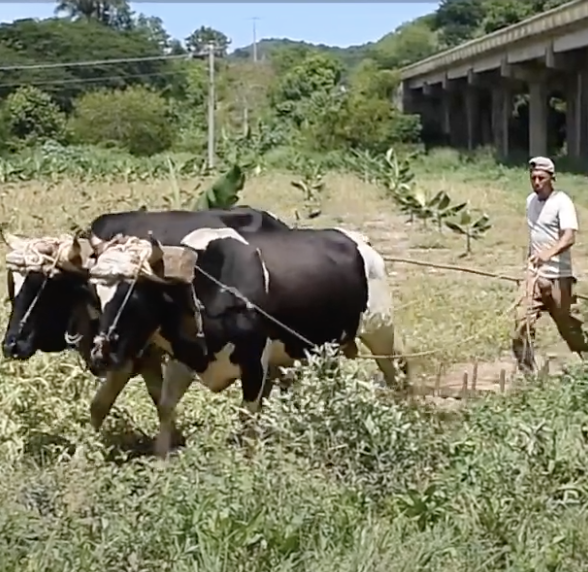
In Cuba, cleaner rivers follow greener farming
Northwest of Cienfuegos
Cuba
Over the last two decades, Cuba blossomed into a worldwide model for conservation agriculture, with improved soils and cleaner water. At least that’s been a popular story among journalists. UVM scientists traveled across Cuba to see if that story is true. I came along with my camera and notebook.
My story in Smart Water Magazine.
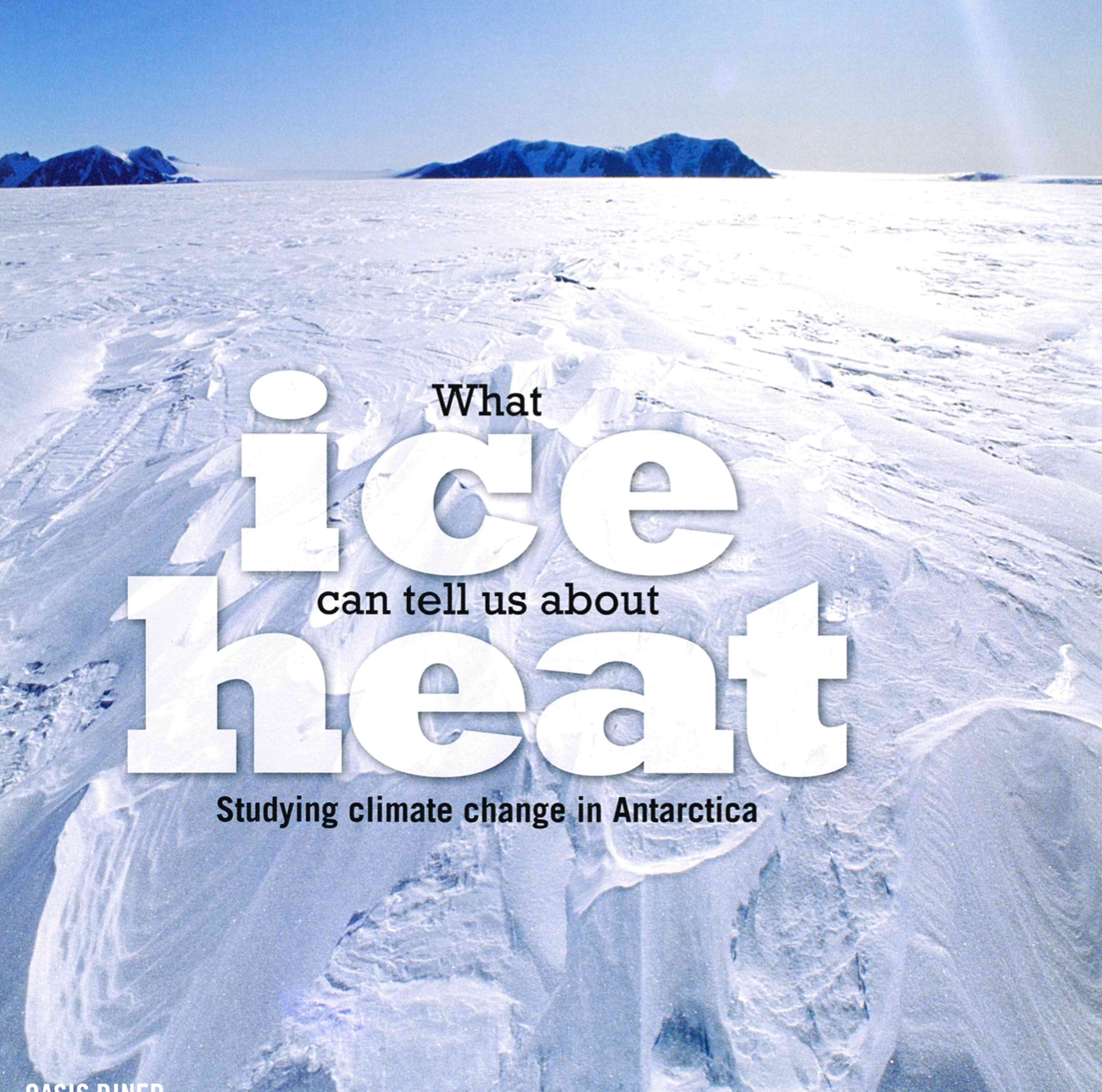
Drilling Down
Near the South Pole
Antarctica
OK, actually, I didn’t get to go to Antarctica. But I really wanted to, so if you’re going and have room on your trip, I’m in. Instead, I spoke with scientist Tom Neumann by satellite phone as he chugged across the frozen continent for months—at 6 miles per hour in a heated box pulled by a tractor.
And I traveled in Greenland with four geologists, looking for answers to how fast the giant island may melt in a warming world. We skiied, took helicopters to roadless icy wastelands, collected bags of sand and ate musk ox pizza.

Why do I do this stuff?
It’s true: a lot of scientists are patient folk who sit at their computers, day and night, quietly considering P values, counting fruit flies, or looking for atoms of helium dripping through a pore. I deeply appreciate that they’re—as my minister dad would have said— “doing the Lord’s work” (or looking for the God Particle perhaps) in hard-won increments. Some of them are, without a fuss, making life safer, cleaner, greener, richer, and just so much cooler.
But there’s also a lot of busting forth, mountain-top expeditions, audacious blustering, gorgeous mistakes, skeptical banter, brilliant thinking, crazy jargon, bruised egos, bad coffee, and delighted shouts of amazement from that strange species called Homo scientificus—that makes being a science writer fantastically interesting.
Above all, I scramble to be there–acrid bat cave, hissing laboratory, mountaintop peatbog, lake-bottom shipwreck, tree-top field site–where people gather the strange fragments of insight, intuition, data, and observation that we call science. There’s a lot coming forth from science that just has to be seen to be believed–and understood.


To do all this seeing, writing, and photographing I have the great good fortune of a day job: being a writer and teacher at the University of Vermont fills my days with lab visits, field trips, new research—and wonder.
Other Publications You Might Like to Read
Extending beyond UVM, my work has been published in the Boston Globe, Wall Street Journal, US News & World Report, CNN, Wild Earth, Conservation, LiveScience, Land & People (the magazine of the Trust for Public Land), the Burlington Free Press newspaper, Middlebury Magazine, Medill Magazine (Northwestern University School of Journalism), Boston College News, Vermont Medicine, the Center for Biological Diversity newsletter, the NASA homepage, and other outlets. Here are some samples:

More employee than pet, Camas, a seven-year-old German shepherd, sniffs with precision. After hundreds of hours of training, she can distinguish between wolf and coyote scat, find endangered tortoises the size of a half-dollar under rocks in the Mojave Desert, and identify the scent of elusive black-footed ferrets (Mustella nigripes) in the midst of a hectic prairie dog town.
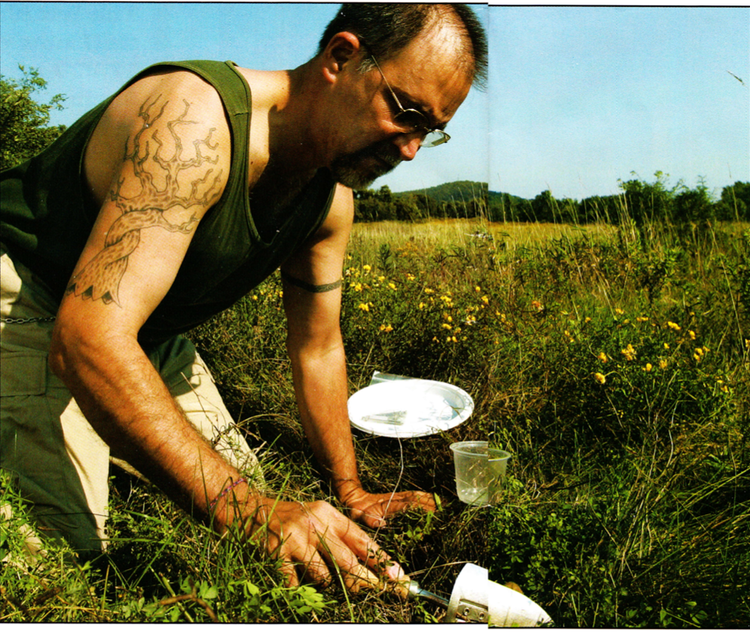
“Oh yes, we have a ton of beetles here,” says Stephen Trombulak, “we’ve got crickets, some slugs—I hate slugs.” My profile of an iconoclastic biologist for the Middlebury College Magazine.
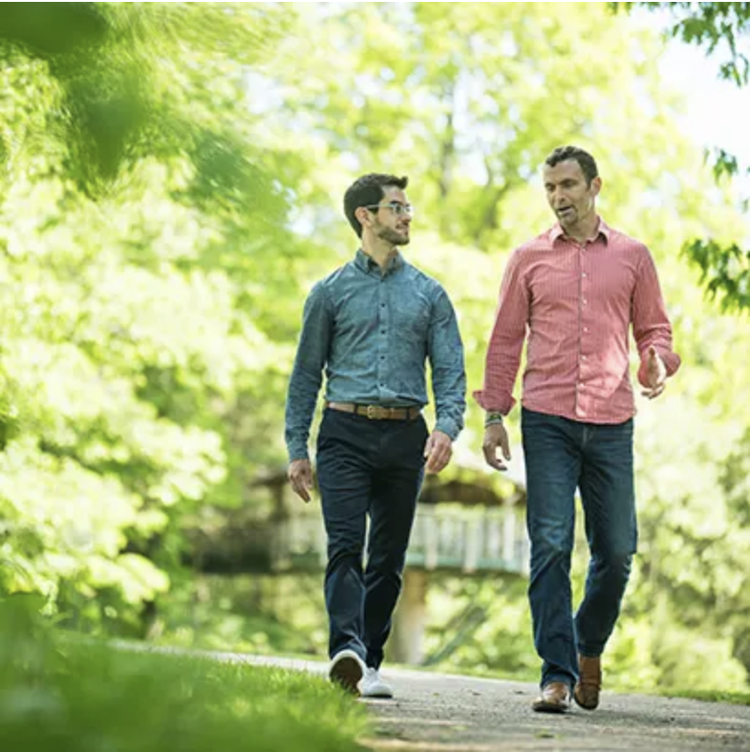
Can A Walk in the Park Put You In a Holiday Mood?
A study of Twitter shows the greener the urban green space, the more cheerful people become when they go there. I wrote about it for the National Recreation and Park Association’s magazine. (Photo; Andy Duback)

Study: It’s Hard To Bring Down the Electric Grid
I wrote a story that was syndicated by the National Science Foundation—US News & World Report picked it up.

Ancient Tundra Discovered Under Greenland Ice Sheet
I traveled over Greenland with a team of climate scientists and geologists looking for clues about what might be in store for this huge ice-bound island in a warmer future. Then I co-wrote the script for a video news story the Wall Street Journal published—built with my video footage and photos.

Species Spotlight: Grasshopper Mouse
As an editor and, later, as the staff writer for Wild Earth, I was a regular contributor to the magazine’s one-page “Species Spotlight “ department. It was a joy to give some attention and ink to many of the lesser-known, but amazing, species that live on Earth. In this entry, the subject is Southern Grasshopper Mouse— ferocious predators the size of your thumb. (artwork: Rachel Ivanyi)
Interviews
I’ve published interviews with Zaynep Tufekci, New York Times columnist and Princeton sociologist; Jonathan Safran Foer, author of Eating Animals; Michael Mann, leading climate scientist; Paul Ehrlich, author of Population Bomb; Gro Harlem Brundtland, former prime minister of Norway; Elizabeth Kolbert, environmental reporter for the New Yorker magazine; Mike Fay, National Geographic explorer; Andy Revkin, former New York Times environment reporter; Herman Daly, World Bank economist; Jerome Ringo, president of the Apollo Alliance; Kerry Emanuel, the world’s leading hurricane expert; David Sloan Wilson, evolutionary biologist; and others.
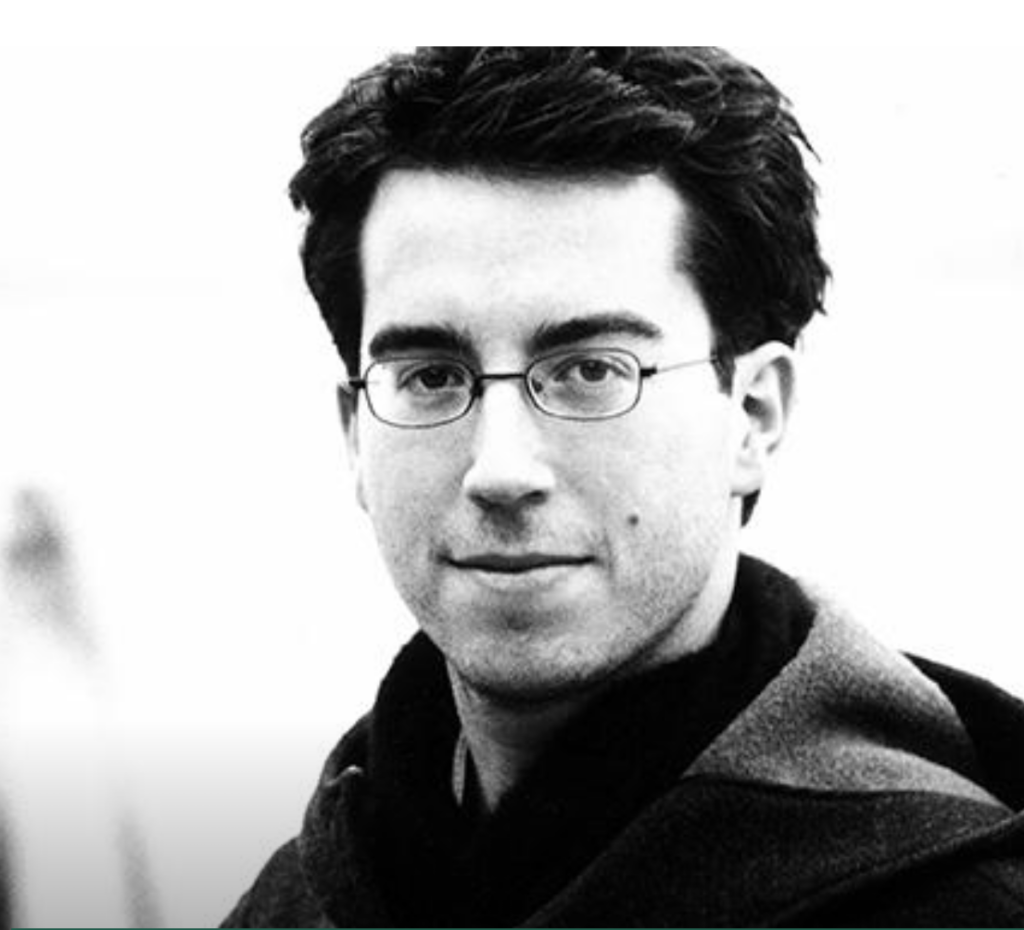
Jonathan Safran Foer
Do something. With climate change now breaking and remaking much of what humans have taken as given for thousands of years, it can be tempting to duck behind bleak despair—or to whistle, motionless, on the brittle surface of cheerful denial. Jonathan Safran Foer, the author of Eating Animals, would like you to consider that your feelings might not matter very much—not compared to your actions. Not compared to what you choose for breakfast. I spoke with him about his book We Are The Weather and what he’s eating these days.
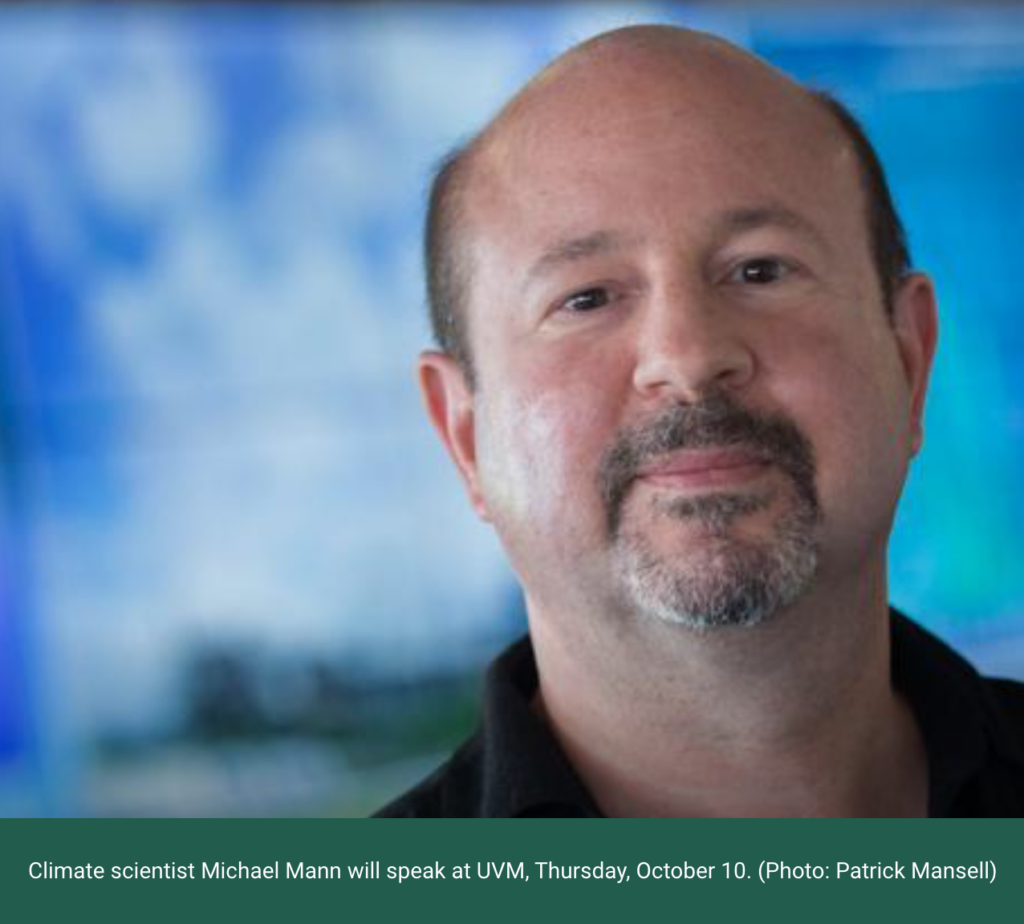
Michael Mann
Winner of the AAAS Public Engagement with Science Award and the Tyler Prize—and renowned for his work on the famed “hockey stick graph” of spiking global temperatures—Michael Mann studies evidence of climate change, and identifies efforts by special interests to confuse the public and attack science. I asked him why he’s optimistic we can avert climate catastrophe.
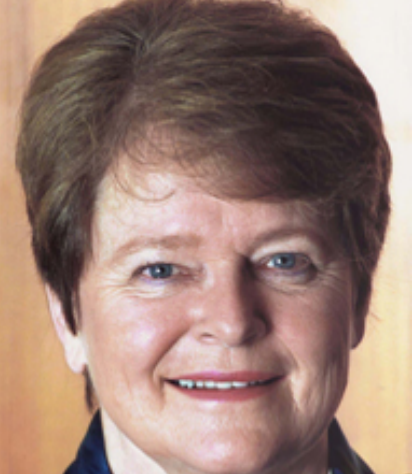
Gro Harlem Brundtland
In 1981, at age forty-one, Gro Harlem Brundtland, a physician and mother of four, took on a new job: prime minister of Norway. She was the youngest person and the first woman to ever hold that post. Under her leadership, Norway became a global symbol of social democracy — and she rose in stature so that today she is known as Landsmoderen or “mother of the nation.” I spoke with her in 2008.
Wild Earth Magazine
For nearly five years, from 2000 through 2004, I worked as staff writer and senior editor for Wild Earth, a national conservation journal that combined science reporting and nature writing.
I wrote feature articles, book reviews, and interviews, as well as developed issue themes, solicited articles from authors, evaluated story pitches, and edited copy.
WILD EARTH INTERVIEW
PAUL EHRLICH
Rutland-Herald Newspaper
I contributed several dozen articles to the Rutland Herald newspaper’s environment pages from 2008 to 2014.
Freelance Writer
From 2004 to 2006, I worked as a full-time freelance writer and editor, completing articles and projects for the Boston Globe, National Audubon Society (New Hampshire), Conservation Magazine, Northeast Wilderness Trust, Burlington Free Press, and other clients. I began freelance writing in 1997, writing a 47-page booklet for Peter Clavelle, the then-mayor of Burlington, VT, on projects across the city aimed at sustainability. These days, by moonlight, I keep one thumb in the freelancers pie, taking on occasional assignments.
Video
In December 2017, I collaborated with the BBC on a video project for their children’s program Beyond Bionic, about Darwin’s Bark Spiders (Caerostris darwini), using photographs and video I shot in the rainforests of eastern Madagascar. In 2014, I contributed my video footage from Greenland and co-wrote the script for a news story on ice science produced by the Wall Street Journal.
Teaching
Since 2018, I’ve been part of the faculty in the University of Vermont’s Field Naturalist graduate program where I teach two courses on science and professional writing. You can read more about the program here. From 2006 to 2018, I taught an undergraduate course on environmental journalism through the Rubenstein School of Environment and Natural Resources.
Awards and Invited Presentations
I received a National Association of Science Writers Career Grant in 2010 and was an invited speaker at the Vermont Governor’s Institute on Climate Change in 2007, 2008 and 2020. In 1993, I won an award as a National Endowment for the Humanities Summer Scholar and I received the Saint Andrews Society Fellowship in 1991.
Education
B.A.-Brown University, Providence, RI, 1990
Modern Culture and Media
M.Th. (equivalent to M.Sc.)-University of Edinburgh, Edinburgh, Scotland, 1992
Intellectual and Ecclesiastical History of the 19th Century: Science and Religion
The Rest of My Life
I’m married to a wildlife biologist, Zoe Richards, the director of Burlington Wildways. We have three delightful kids. I love to run in the semi-wilds of Burlington. Generally, I run fast, telemark ski as much as I can, and eat slowly.

